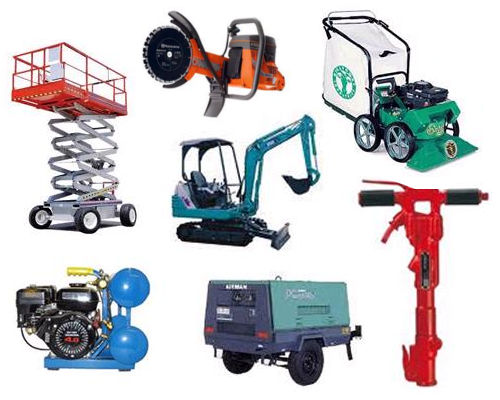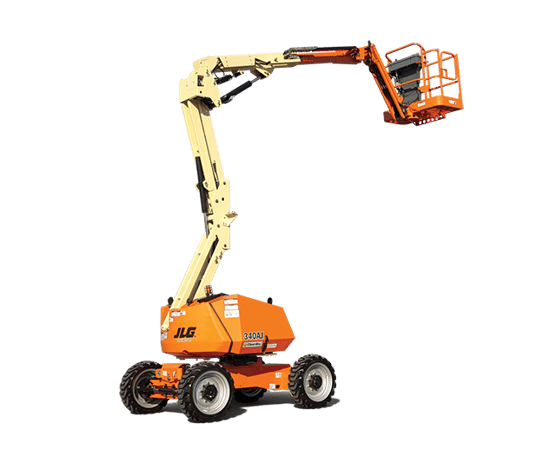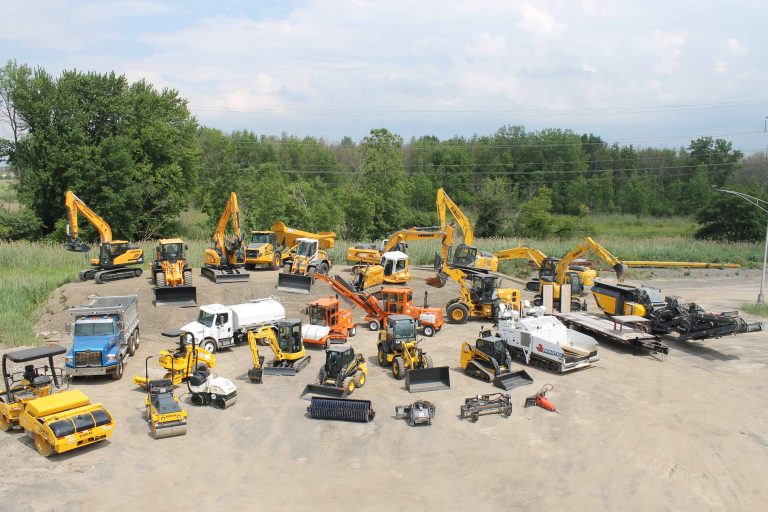Scissor Lift Rental: Safe and Effective Lifting Solutions
Scissor Lift Rental: Safe and Effective Lifting Solutions
Blog Article
Optimize Your Budget by Recognizing the Prices Connected With Building And Construction Devices Rentals
Understanding the full extent of expenses related to construction equipment leasings is vital for optimizing your budget plan. While the initial rental charge may seem simple, countless extra expenditures-- such as transportation, gas additional charges, and upkeep-- can quickly collect, affecting your economic planning. Being mindful of different fees and the complexities of rental contracts can assist prevent unexpected economic burdens. What approaches can be used to successfully handle these prices and make sure a much more reliable rental experience?
Summary of Rental Expenses
When considering building and construction tools services, recognizing the linked prices is paramount for reliable budgeting and project planning. Rental costs can vary dramatically based upon a number of elements, including equipment type, period of rental, and area. The preliminary rental fee often shows the devices's market demand and its connected functional capacities, influencing the general expenditure.
Along with the base rental rate, secondary expenses may emerge, such as transportation costs, fuel additional charges, and upkeep costs. It is necessary to make up these additional costs to precisely examine the overall price of leasing equipment. The rental period can influence prices; longer services may qualify for affordable prices, while temporary services could incur greater day-to-day charges.

Breakdown of Rental Rates
An extensive understanding of rental rates is vital for specialists and project managers intending to enhance their budget plans. Rental prices for building devices normally include several parts, including base prices, time-based fees, and usage fees.
Base prices are the core fees related to the leasing of the equipment, commonly identified by the type and dimension of the equipment. These prices can vary significantly, influenced by aspects such as devices need, availability, and regional market patterns. Time-based costs, which may be daily, weekly, or monthly, offer to accommodate various project timelines and rental durations.
Additionally, rental rates may include usage costs, which are applicable when tools is utilized beyond a defined limit, guaranteeing that the rental company can represent wear and tear. Seasonal demand changes can also impact rental rates, with peak construction periods usually regulating higher costs.
Moreover, recognizing the rental firm's plans relating to maintenance and insurance policy can offer further understanding right into the total price structure. By evaluating these parts, specialists can make enlightened choices, ensuring the choice of rental tools lines up with both task needs and budget restraints.
Added Costs to Take Into Consideration
Recognizing the complexities of extra charges is crucial for specialists to handle their general leasing expenses effectively. Beyond the conventional rental rates, various supplementary charges can substantially influence the complete cost of devices leasing. These charges used heavy equipment for sale often include delivery and pickup costs, which can vary based upon range and logistics associated with moving the tools to and from the job site.
Furthermore, some rental business may enforce fuel additional charges if the devices is returned with less fuel than when rented out. It is likewise necessary to know prospective cleaning costs, specifically for customized equipment that requires thorough upkeep after usage.

Thoroughly evaluating the rental agreement and making clear these added costs upfront can aid contractors make sure and stay clear of unexpected costs that budget plans stay intact throughout the job lifecycle.
Repair And Maintenance Costs
Routine repair and maintenance expenditures are commonly overlooked elements that can significantly influence the overall cost of building and construction equipment leasings. When renting out equipment, it is essential to take into consideration not only the rental costs but also the possible expenses connected with keeping the equipment in ideal operating condition.
Numerous rental firms consist of basic upkeep as part of the rental contract; nonetheless, much more considerable repair services or unanticipated break downs can lead to additional expenses. It's important to examine the rental agreement thoroughly to comprehend what upkeep services are covered and what responsibilities drop on the renter.
Moreover, equipment that is not well-kept can result in inefficiencies on the task site, potentially boosting and causing hold-ups project expenses. To reduce these dangers, it is recommended to carry out routine evaluations and preserve open interaction with the rental service provider relating to any type of issues that arise during usage.
Insurance Policy and Liability Prices
Insurance and obligation expenses are vital components that can substantially affect the overall expense of building and construction equipment rentals (aerial lift rental). These expenses make sure that both the rental firm and the customer are safeguarded from potential economic losses occurring from mishaps, damages, or burglary during the rental period

In addition, clients must know any type of deductibles or exemptions in the insurance plan, as these can influence potential out-of-pocket costs. Comprehending the conditions of any kind of insurance policy protection is essential to stay clear of unforeseen costs. Eventually, budgeting for insurance policy and liability costs can aid guarantee a smoother rental experience and safeguard versus financial dangers related to building and construction projects.
Verdict
In verdict, an extensive understanding of the prices Get More Information linked with construction devices services is important for efficient budget administration. Eventually, notified decision-making pertaining to equipment services contributes to the general success of building ventures.
Rental costs can differ dramatically based on numerous variables, consisting of tools type, duration of rental, and location (heavy equipment rental). The rental duration can impact pricing; longer services may qualify for affordable prices, while short-term rentals may sustain higher day-to-day fees
By conducting detailed research and engaging with credible rental business, specialists can effectively browse the intricacies of rental rates, eventually maximizing their financial resources.
Beyond the conventional rental rates, numerous auxiliary costs can significantly influence the total price of tools rental. Rental business frequently supply liability insurance that covers injuries to 3rd events or damage to residential property, while equipment damages insurance coverage can cover the expense of repairs or replacement if the leased tools is damaged.
Report this page